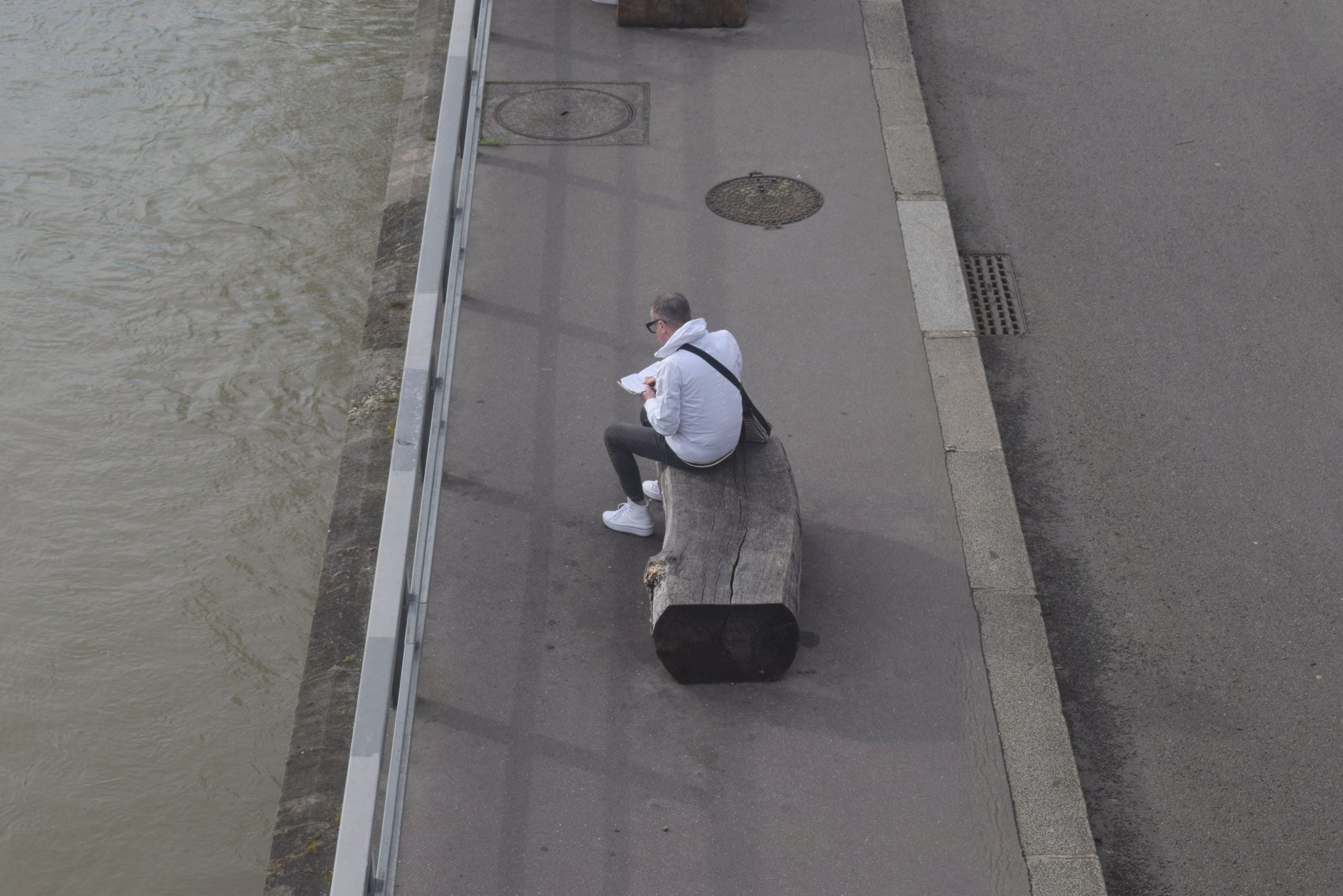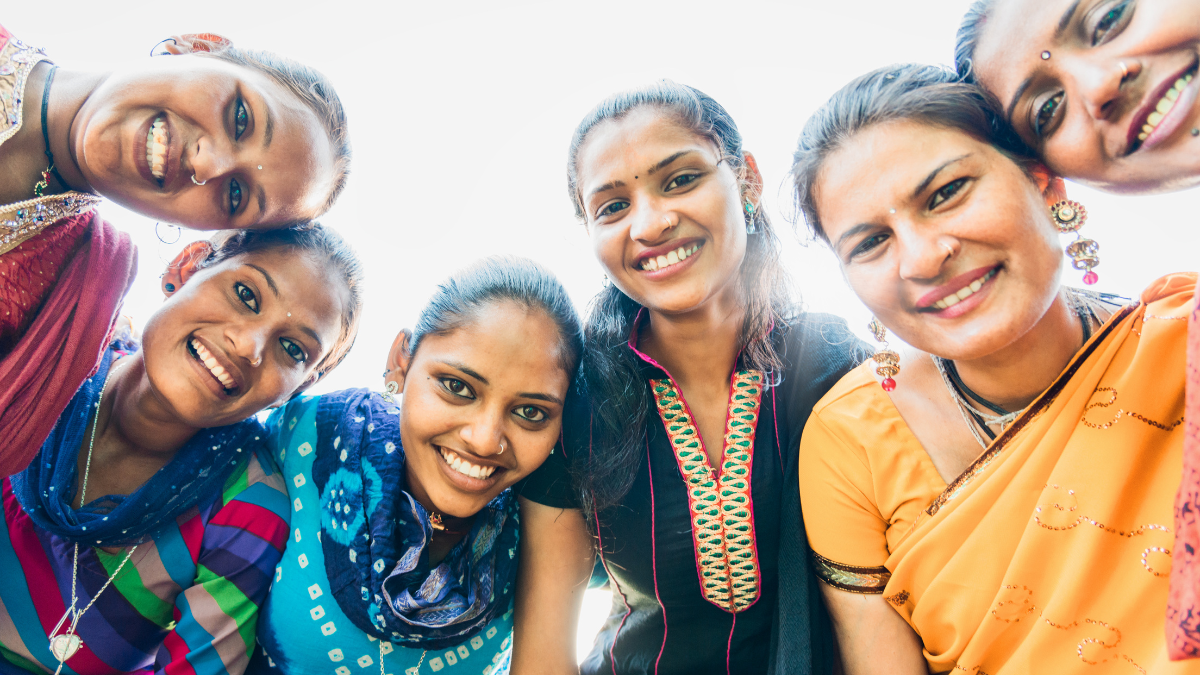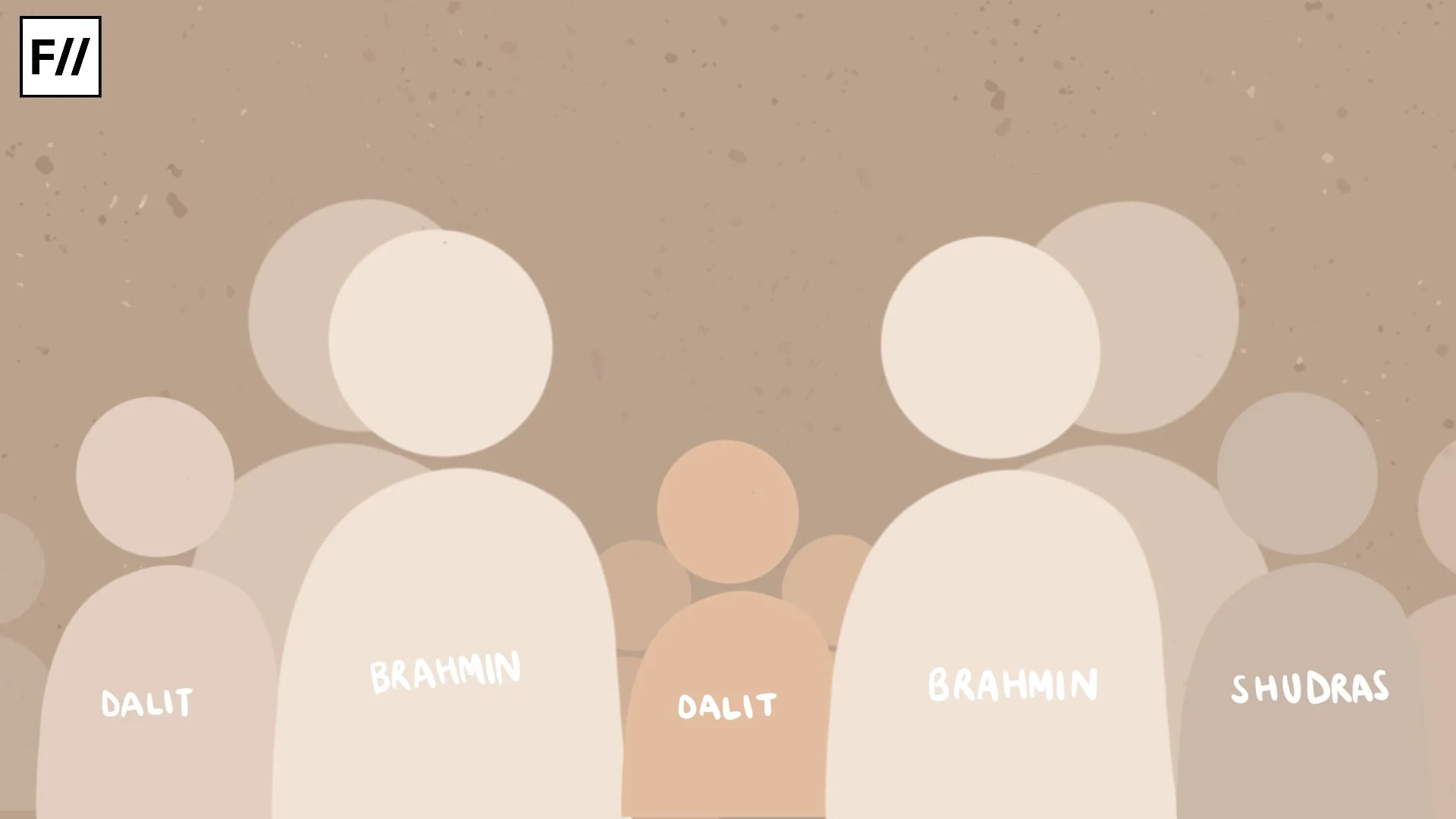I never thought I would have to use the phrase ‘Pardon my French‘ in its literal sense. However, as I pursue an exchange semester in Paris, I have found myself using this phrase more often than I would like to admit.
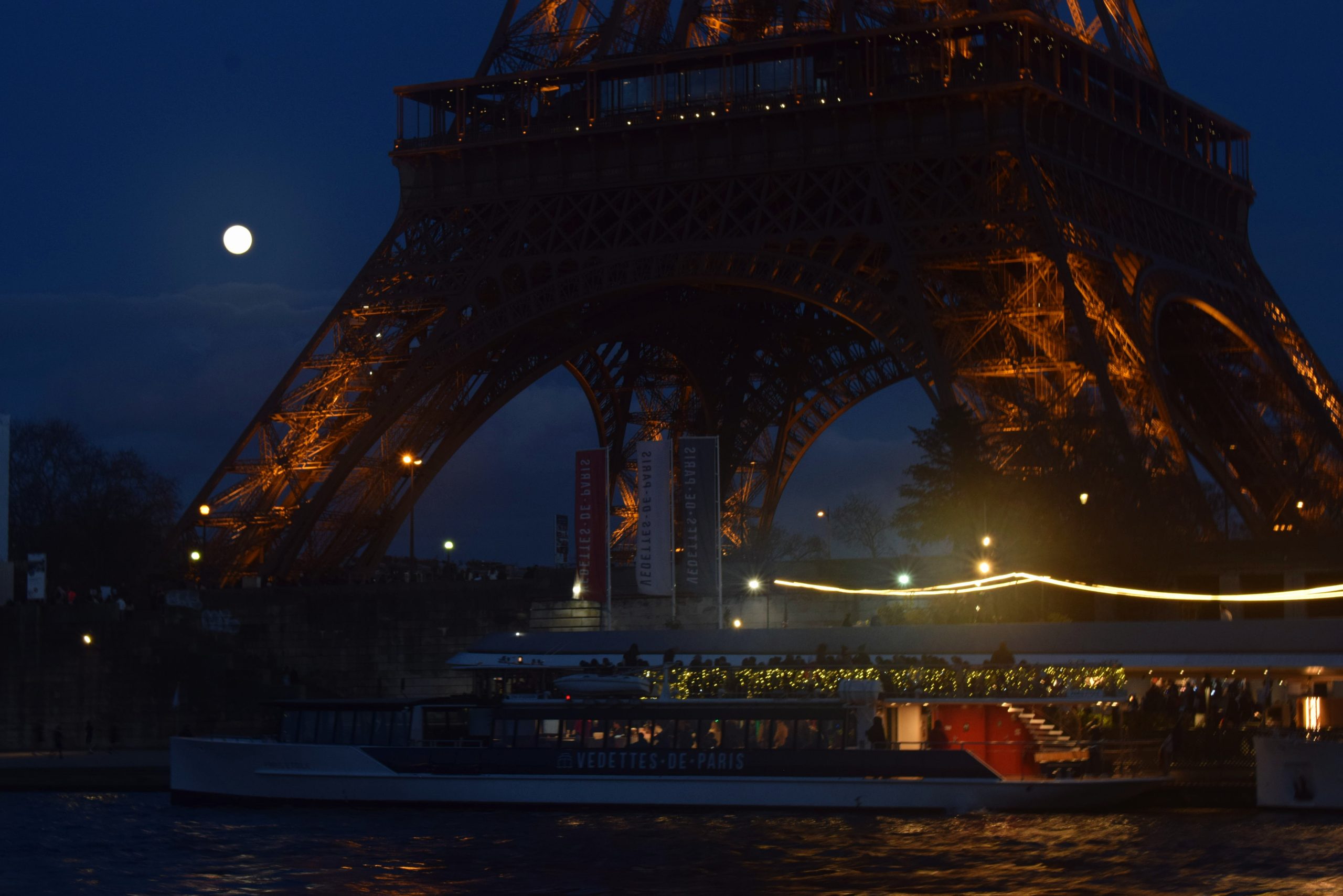
Indeed, whether in the words of avant-garde writers like Gertrude Stein, who said, ‘America is my country and Paris is my hometown,’ or in Hollywood or Bollywood films, Paris lives up to its romantic portrayal on the big silver screen. The Eiffel Tower glitters without fail giving the hopeless romantics an excuse to profusely express their love. Parisians, donning red scarves, run errands while candidly clutching their baguettes. The rattan pâtisserie chairs adorn the sidewalks, where people sit and savor café au lait and croissants and paintings by the likes of Leonardo da Vinci, Claude Monet and Vincent Van Gogh sit in museums, captivating and satiating the art enthusiasts.
. I too, like every Indian, grew up with my own version of colonialism.
But Paris is more than that; especially for a person of colour, with a significant language barrier and no familial ties in the city, bewildered by the European lifestyle that seemed unreal until they witnessed it up close.
All my life I had seen the remnants of colonialism in India. On my way to school, I regularly took the British-era Ganga bridge connecting Unnao to Kanpur, until it was finally declared unsafe. I read about the French East India Company in my history books, heard stories about Independence from elders at home and watched documentaries about the bravehearts that rose against oppressors during the freedom movements. I too, like every Indian, grew up with my own version of colonialism.
A Paris beyond postcards
This shared history has shaped my perceptions and interactions, casting a shadow that intertwines with my experiences in Paris, making them all the more complex. As I gaze at the towering facade of French buildings with larger than life sculptures, wrought-iron lattice balconies and spacious homes illuminated with warm lights, I see the other side of colonialism. A side that glares back at you to remind you of the baggage that every person from a country from once-colonised nations will forever be burdened with . A reality that has manifested itself in the form of a world that stands divided. A blatant proof of the incomplete balance sheet of colonialism.

Even so, I must not complain. Afterall, living the “European dream” in what is arguably the contemporary fashion capital of the world is an opportunity one does not get everyday. It is a collective dream that has long been harbored, cradled and nurtured, a gateway to a different world.
As I packed my life in two suitcases with besan ke ladoos safely tucked in a corner, exchanged an awkward hug with my father, said dramatic goodbyes at the airport and boarded the airplane being equally scared and excited, I became the first in my family to set foot in the “first world.” The weight of this moment still remains palpable.
In the land of croissants, besan ke ladoos have becomes my most prized possession
The complexities of belonging in Paris
That being said, it was made clear to me very soon that I was viewing the world through rose-colored glasses. Three months have passed since my arrival; but the air still feels as thick and intimidating as it did on that first day when I sought directions and received a cold, scrutinising look before the person walked away without saying a word.
Three months have passed since my arrival; but the air still feels as thick and intimidating as it did on that first day when I sought directions and received a cold, scrutinising look before the person walked away without saying a word.
At that moment, the subaltern theories critiquing Eurocentrism I read during my time at Delhi University seemed in vain. At that moment, I was reduced to a person who did not belong, who did not have the birthright to be where I was. Despite years of internally contesting the concepts of psychological colonisation, I was rendered invisible and inadequate.
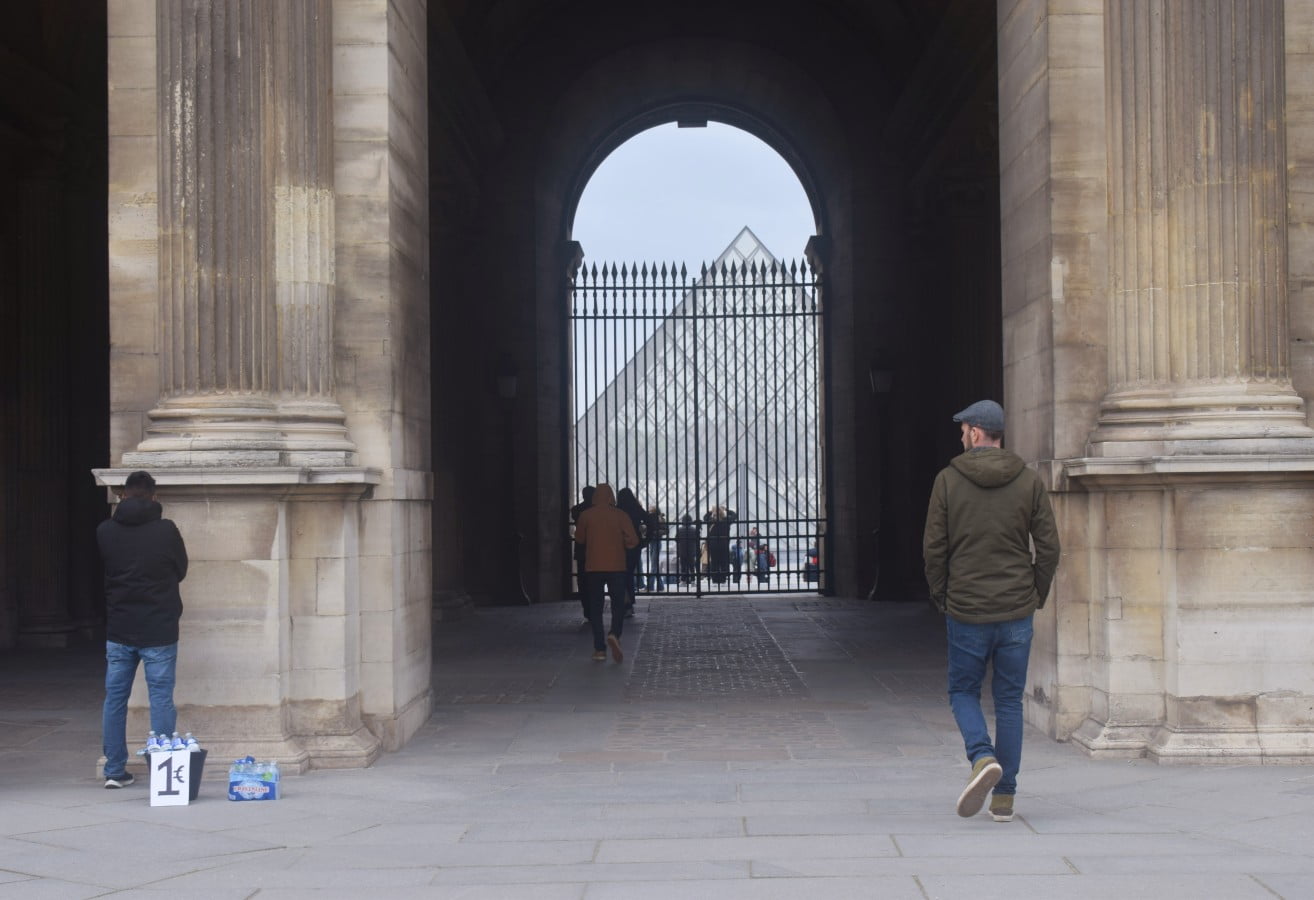
It is certainly a moment that has etched itself into my identity, being the first instance when I experienced discrimination, however mild, on the basis of colour. Needless to say that since then, I have had similar unpleasant interactions and encounters at self checkouts, metros and buses; but I am learning how to make these instances strengthen my roots as an Indian Muslim and understand the nuances of cultural identity. It is a steep slippery slope of self introspection and questioning, but it is a journey that I am eager to finish with resilience, a journey that underlines the previously underappreciated value of belonging, of home.
From romanticisation to reality
From the cinema of the 80s to today, popular culture has often equated the European and Parisian lifestyle with an ideal way of living. The details that are omitted however unveil a rather different reality. While cultural shock may fade over time, the isolation only grows stronger; a relentless reminder of perpetual fatigue. An anxiety that feeds off the endless rainy days and leafless trees that surround you. A lethargy that amplifies by the second. A loneliness that only seems desirable from afar.
And yet, despite the sense of yearning, despite the yawning inequality, despite having to learn how to cook for one and despite celebrating birthdays away from family; one can persevere to find solace as an act of defiance, a ritual of resilience. Be it mundanely sitting beside the Seine like everyone else, admiring Van Gogh’s paintings alone, memorising the connections of metro lines, shamelessly depending on Google maps so you do not have to ask for directions anymore or walking for 30 minutes to get mircha (chilli) from an Indian store.
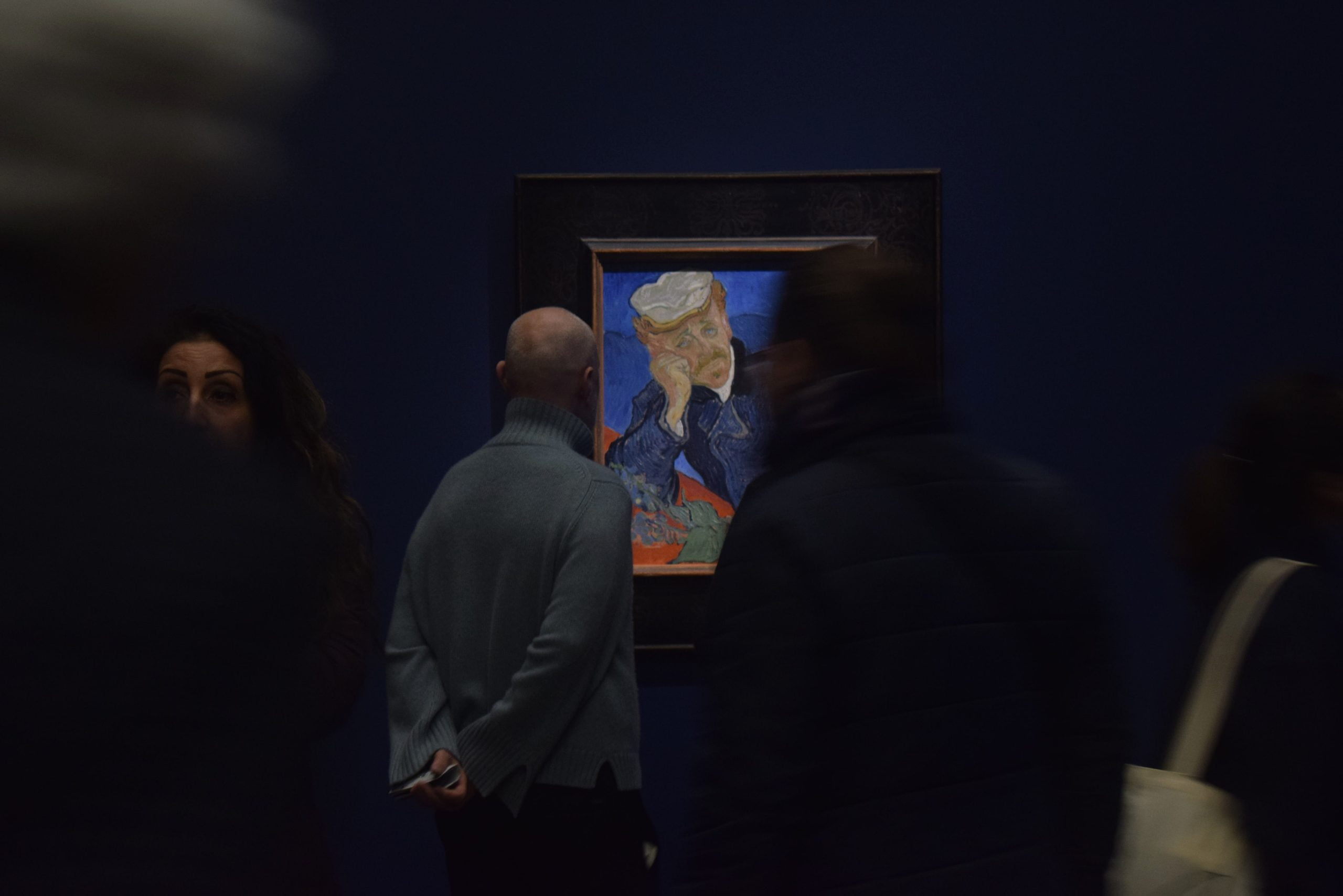
Even though sunlight is scarce in Paris, its occasional presence is all the more valued. I have found myself having similar feelings about being away from home. And for what it is worth, by the time I return home, I will at least have mastered the pronunciation of ‘croissant.’
